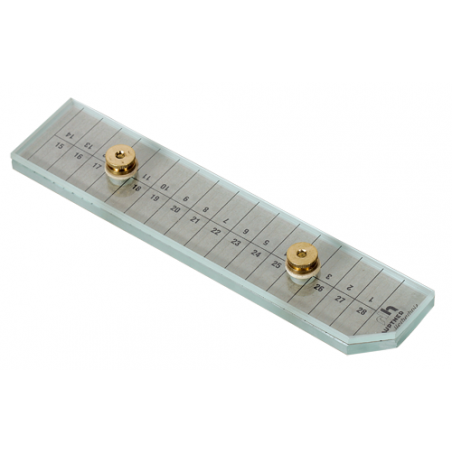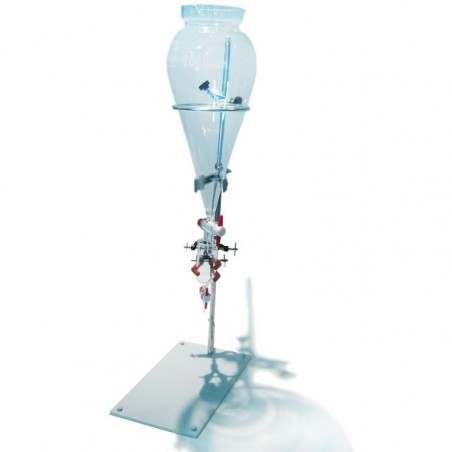Meat and poultry processing industries have transformed over the decades as packers built large plants to achieve economies of scale. Processors also formed tighter linkages with a reorganized livestock production sector to assure a dependable supply of livestock to keep plants at near full capacity. Those transformations led to striking increases in concentration, particularly in slow-growing pork and beef industries, while also leading to lower costs in livestock production and slaughter. However, while there were some significant mergers among processors, much of the growth in concentration came about from the construction of new, or the expansion of, existing plants by the large processors, rather than from mergers among rivals.
In 2019, 67% of the country's hogs were processed by the four leading processors. The share in 1980 was half that at 34%.

Plants handling at least 1 million hogs accounted for 38% of hog slaughter in 1977 but for 88% by 1997.
Until the early 1990’s, farmers raised pigs "farrow to finish” and sold market-weight hogs to a packer in a cash market transaction. By the early 2000’s, most hogs were raised by farmers under a production contract with an integrator. Now, less than 10% of hogs are sold through cash markets.
June 2023/ USDA/ United States.
https://www.ers.usda.gov









